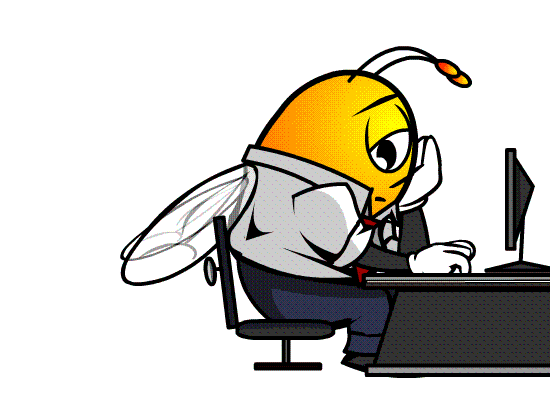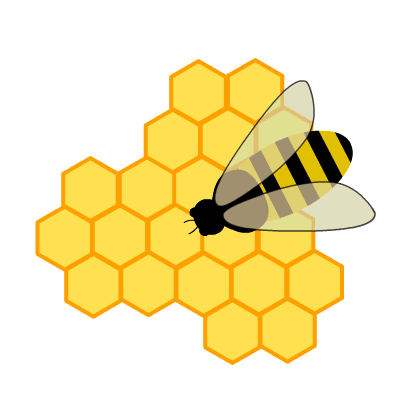Research Agenda
I began this quarter, by conducting research on honeybees, specifically on their cognition and behavior. I discussed the historical conversation about bees in my HCP. This research led me to look closer into the disappearing honey bees, which is what I wrote my AP about later on in the quarter. Here you will find nine annotated bibliogrpahies out of the many sources I used throughout my research. You can find more of the sources I used by looking at my Diigo page here.


Historical Converstaions Project
-
Seeley, Thomas. The Wisdom of the Hive. Cambridge: Harvard University Press, 1995. Print.
Thomas Seeley received his PhD in biology at Harvard University, where he primarily focused his research on swarm intelligence. The Wisdom of the Hive discusses the social physiology of honey bee colonies. The main idea of the book is to explain the organization of the food-collection process in honey bee colonies.
-
Heinrich, B. 2001. Bumblebee economics. Cambridge, MA: Harvard University Press.
Bernd Heinrich earned his PhD in biology at the University of California, Los Angeles; where he is most distinguished by his work in comparative physiology and behavior of insects. Bumblebee economics was written to discuss the role of energy in the biology of bumblebees and social roles in bee colonies. The most interesting idea in this source is that it discusses “economics” within bee colonies without the monetary connection.
-
Michener, C.D. 1974. The Social Behavior of the Bees: A Comparative Study. Cambridge, MA: The Belknap Press of Harvard University Press.
Charles Duncan Michener received his PhD in entomology at the University of California, Berkeley; where his primary focus was on bees. The Social Behavior of the Bees is a comparative study and primarily concerned with the social attributes of the bees. There is information on almost every aspect of the bee, from biology, to the natural history, to the social structure within colonies.
Advocacy Project - Problem
-
Wilson, E. O. 1971. The Insect Societies. Cambridge, MA: The Belknap Press of Harvard University Press.
Edward O. Wilson received an M.S. degree in biology at the University of Alabama, where he focused on myrmecology, the study of ants. The Insect Societies discusses the development of environmental and behavioral biology of insects. This source is not specific to bees, but higher social insects such as ants, bees, and termites.
-
Chunsheng, Hou, et al. "Dynamics Of The Presence Of Israeli Acute Paralysis Virus In Honey Bee Colonies With Colony Collapse Disorder." Viruses (1999-4915) 6.5 (2014): 2012-2027. Academic Search Complete. Web. 12 May 2016.
Chunsheng Hou, a researcher at the Agricultural Research Organization, discusses the possible connection between the Israeli acute paralysis virus (IAPV) and the Colony Collapse Disorder (CCD) in his article, Dynamics Of The Presence Of Israeli Acute Paralysis Virus In Honey Bee Colonies With Colony Collapse Disorder. Hou and other researchers conducted an experiment where they tested recovered colonies for signs of active IAPV. Their results showed high levels of the viral genome in the healthy pupae.
-
Kaplan, J. Kim. "Colony Collapse Disorder." Agricultural Research 60.6 (2012): 4-8. Academic Search Complete. Web. 12 May 2016.
Kim Kaplan, a researcher with the USDA, introduces the basics of the colony collapse disorder (CCD) in her article Colony Collapse Disorder, An Incomplete Puzzle. This article is really an introduction to CCD, for it defines exactly what it is and provides a brief background on the history and current research being done. This is a perfect starting source for my research on the CCD because it references a few major scientists and entomologists.
Advocacy Project - Solution
-
Suryanarayanan, Sainath, and Daniel Lee Kleinman. "Be(E)Coming Experts: The Controversy Over Insecticides In The Honey Bee Colony Collapse Disorder." Social Studies Of Science (Sage Publications, Ltd.) 43.2 (2013): 215-240. Academic Search Complete. Web. 12 May 2016.
Daniel Lee Kleinman, a researcher at the Holtz Center for Science and Technology Studies, and Sainath Suryanarayanan, a post doctorate research associate at the University of Wisconsin, discuss the relationship between pesticides and the colony collapse disorder (CCD) in their article, Be(e)coming experts: The controversy over insecticides in the honey bee colony collapse disorder. There is an ongoing controversy about how much of role pesticides serve in the CCD, and Suryanarayanan and Kleinman go into the politics behind the issue.
-
Woody, Todd. "Colony Collapse Disorder: Bee Apocalypse Now--Scientists Discover What's Killing The Bees And It's Worse Than You Thought: Crop Pollination Exposes Honeybees To Pesticides Which Alters Their Susceptibility To The Gut Pathogen Nosema Ceranae." Pomona 46.4 (2013): 52-60. Academic Search Complete. Web. 20 May 2016.
Todd Woody, an environmental journalist discusses a new probable reason fro colony collapse disorder in his article, "Scientists discover what’s killing the bees and it’s worse than you thought." Woody explains how a new study recently came out and points the finger at a parasite called "Nosema ceranae." This is a change from the previously named victim, neonicotinoids.
-
Dainat, Benjamin, et al. "Predictive Markers Of Honey Bee Colony Collapse." Plos ONE 7.2 (2012): 1-9. Academic Search Complete. Web. 20 May 2016.
Benjamin Dainat, a researcher for the Swiss Bee Research Centre, discusses new possible predictors of collapsing bee collonies in his article, "Predictive Markers Of Honey Bee Colony Collapse." Dainat explains how Nosema ceranae, Varroa destructor and Vitellogenin can be predictive markers for winter colony losses, but their predictive power strongly depends on the season.

